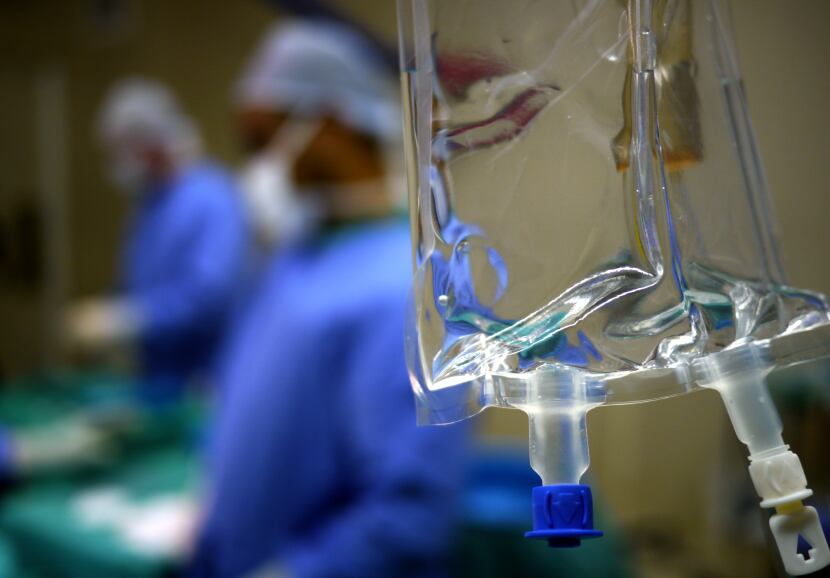BAPEN’s Nutrition Screening Week chair Christine Russell said the days when malnutrition in hospitals was seen as an inevitable part of being ill were gone - in the UK at least. But now policy makers and health professionals need to take a step back to look at ways hospital admissions of vulnerable groups can be reduced to begin with by tackling malnutrition in the community.
According to data from BAPEN’s Nutrition Screening Weeks surveys, nearly 30% of UK patients on admission to hospital are at risk of malnutrition, much of which could have been identified and treated in the community.
Similar figures have been seen elsewhere in Europe.
This month research from the University Hospital Graz in Austria used the Graz Malnutrition Screening (GMS) tool to find that up to 31.9% of the 404 randomly selected patients were at ‘risk of malnutrition’.
“Malnutrition is a cause and a consequence of disease. So if you’re severely malnourished you’re more vulnerable and likely to become ill but then conversely if you’re ill and you’ve got certain conditions - particularly things like cancers and gastrointestinal problems, strokes and neuromuscular problems - then they’re going to affect your ability to eat, your interest in eating and therefore are likely to be a cause of malnutrition,” Russell said.
Now semi-retired, Russell was one of the founders of the Parenteral and Enteral Nutrition Group (PENG) of the British Dietetic Association (BDA) back in 1983.
So what changes has she seen in attitudes towards and strategies on malnutrition?
“At that time, in a way I think health care professionals in hospitals and medics as well sort of took malnutrition in hospitals as an inevitable consequence of being ill. You went into hospital and you lost weight.
“That’s just what happened and there wasn’t much you did to try and intervene. But over those years – and when BAPEN was founded in 1992 and PENG is very much a part of BAPEN – then we’ve been trying to raise awareness of malnutrition to say hang on a minute this is a problem and this is the scale of the problem.”
BAPEN itself has had to take a different approach with the launch this month of a web-based screening tool to help identify those living in the community at risk of malnutrition rather than waiting for people to be admitted to hospital.
“This is a step in a way away from our normal direction for providing resources for health care professionals to providing something for the general public,” Russell told us.
“We know that most of the malnutrition that exists in the UK – and it can’t be any different in the rest of Europe – starts in the community and to a large extent a lot of it will go back into the community. So the community is where to start.”

Long term, short term
A report from BAPEN and the National Institute for Health Research Southampton Biomedical Research Centre published last month estimated the cost of malnutrition in adults and children in England alone in 2011-12 was £19.6bn (€26.96bn) – a figure set to increase with an ageing population.
They estimated savings to health and social care of between £172 (€236.67) and £229 (€315.16) million per year could be made with improved nutritional care for various groups of malnourished adults.
The issue was, as ever, one of relative cost.
Russell said in her career she had seen industry step up to the challenge and produce a whole wide range of products and devices to make the provision of nutritional support safer and more effective.
In the UK alone there are well over 30,000 individuals receiving tube feeding at home.

However, there was a significant difference between the cost of products in hospitals and the cost of the same products in the community if prescribed by general practitioners.
She said industry had to cover its costs somehow and often primary care products were used to offset the lower costs of the secondary care products in hospitals, which tended to be ordered in ‘bulk’.
Given the vulnerable nature of patients, there were considerable costs around delivery to be met.
“All these delivery costs have to be funded from somewhere and so the price has just deviated more and more, which is a shame because then for primary care it seems to be ‘too expensive’ compared with the hospital.”
In reality though a look at the bigger picture would reveal that the real cost lay in hospital admissions and care.
